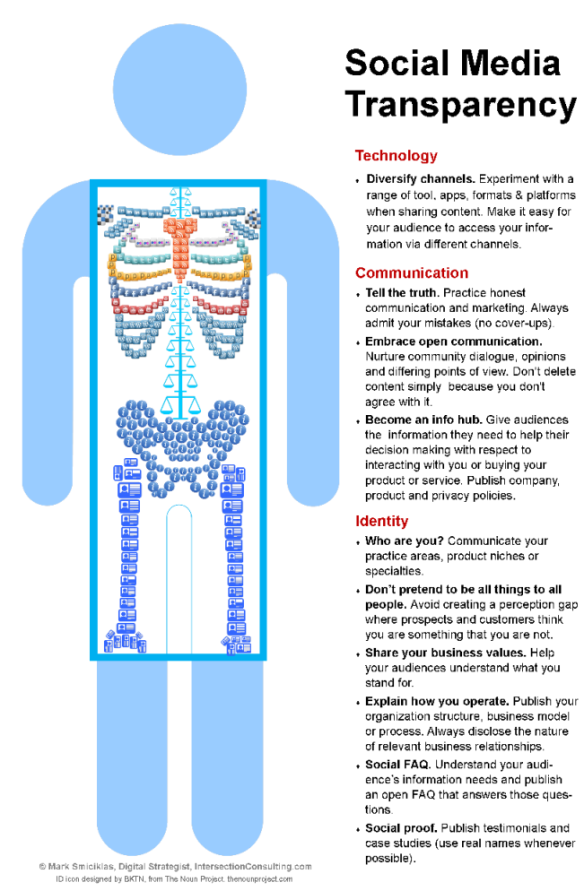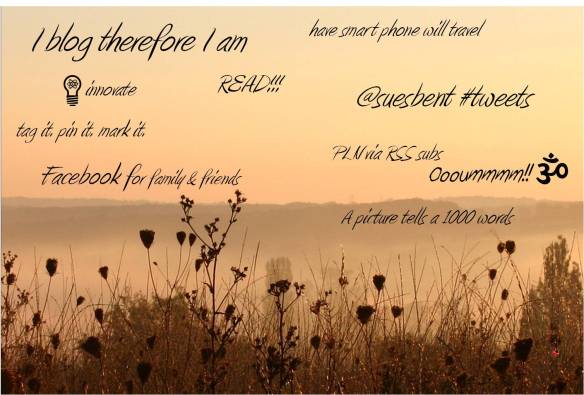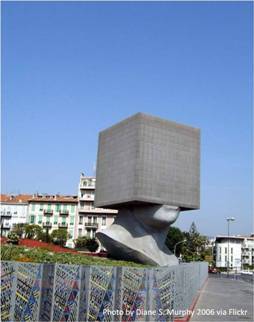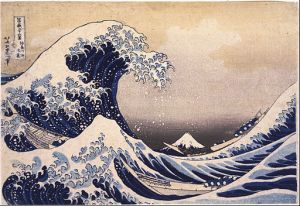Web 1.0 was the static web. Information was posted on websites and apart from ‘hyperlink surfing‘ and finding contact email information, possibilities for interaction was minimal.
Web 2.0 is the dynamic web. Websites now offer collaboration, personal space in the cloud, commenting, uploading content, and indeed group communication.
 Web 3.0 is the semantic web where user presences are predicted by computer software based on user history, then a need fulfilled direct to the user, even before the user has any thought about it. Expressed by Tim Berners-Lee, “our daily lives will be handled by machines talking to machines”. (Wikipedia, 2013j) For example, imagine an Internet-connected refrigerator that inventories the contents, sends an order to the grocery supplier, and has it delivered to your door – maybe even to your refrigerator door!
Web 3.0 is the semantic web where user presences are predicted by computer software based on user history, then a need fulfilled direct to the user, even before the user has any thought about it. Expressed by Tim Berners-Lee, “our daily lives will be handled by machines talking to machines”. (Wikipedia, 2013j) For example, imagine an Internet-connected refrigerator that inventories the contents, sends an order to the grocery supplier, and has it delivered to your door – maybe even to your refrigerator door!
The Web 2.0 definition on Wikipedia provides an example of Web 2.0 comparing Encyclopaedia Britannica Online to Wikipedia, stating that the open source aspect of Wikipedia allows for errors in content to be quickly corrected through the “wisdom of the crowd” and the constant updating by users, as opposed to experts. (Wikipedia, 2013i)
It is the social networking aspect of Web 2.0 that is popular. Being able to create, share, collaborate, curate, comment, tag, and interact is recreating our culture. Some examples include the Arab Spring, flash mobs, the spontaneous rise from unknown to celebrity as we saw for Psy. (YouTube, 2012)
Libraries were quick to adapt these new technologies and the term Library 2.0 surfaced. Beyond social networking tools adopted for professional development and networking within the profession, the meaning of Library 2.0 extended beyond these tools and into the world of library cataloging and the Online Public Access Catalogue. Tagging can be used instead of or in addition to traditional subject headings. Library users can add reviews directly to library catalogue records, thereby sharing their views with other library users. “Like Web 2.0, a full-featured Library 2.0 OPAC gets better the more that users are involved in the process of interacting with the catalog and sharing content.” (Wikipedia, 2013c) Book clubs are online. Collaborative story-telling is possible. Preservation projects gain assistance from outside.
O’Reilly teases out a key Web 2.0 principle that “the service automatically gets better the more people use it” and thereby “harness collective intelligence.” (0’Reilly, 2005)
The rise of blogging is synonymous with the Web 2.0 era. Driven by RSS, personal comments are expressed, journaled, commented upon, linked to, and curated through RSS readers such as Google Reader; thus enabling the creation of Personal Learning Environment and the phenomenon of self-made experts such as Gary Vaynerchuk who went from being a wine merchant to a social media brand consultant and author. (Wikipedia, 2013b)
O’Reilly stated in 2005, that “the blogosphere has begun to have a powerful effect.” (O’Reilly, 2005) Since the proliferation of micro blogging through Facebook and Twitter, when 140 characters, emoticons, abbreviations, and a snapshot from your smartphone can deliver a message, blogging seems to have lost a bit of steam. Amanda Lenhart comments on statistics from a 2010 Pew Internet Report that “Microblogging and status updating on social networks have replaced old-style ‘macro-blogging’ for many teens and adults.” (Lenhart, Purcell, Smith & Zickuhr, 2010)
Questions have inevitably arisen concerning privacy, copyright, data ownership, terms of agreement, identity, security, and freedom of information. Valid questions that need good answers. But answers we are still collaboratively defining.
References:
Lenhart, A., Purcell, K., Smith, A., Zickuhr, K. (2010). Social media and young adults –Pew Internet & American Life Project. Retreived from http://www.pewinternet.org/Reports/2010/Social-Media-and-Young-Adults.aspx
Lenhart, A., Purcell, K., Smith, A., Zickuhr, K. (2010). Content Creation: Sharing, remixing, blogging, and more. Retrieved from http://pewinternet.org/Reports/2010/Social-Media-and-Young-Adults/Part-3/6-Content-Creation.aspx?r=1
O’Reilly, T. (2005). What Is Web 2.0. Retrieved from http://oreilly.com/web2/archive/what-is-web-20.html
Surfing the web. (n.d.). The American Heritage® New Dictionary of Cultural Literacy, Third Edition. Retrieved March 13, 2013, from Dictionary.com website: http://dictionary.reference.com/browse/surfing the web
Wikipedia (2013a). Cloud computing – Wikipedia. Retrieved from http://en.wikipedia.org/wiki/Cloud_computing
Wikipedia (2013b). Gary Vaynerchuk – Wikipedia. Retrieved from http://en.wikipedia.org/wiki/Gary_Vaynerchuk
Wikipedia (2013c). Library 2.0 – Wikipedia. Retrieved from http://en.wikipedia.org/wiki/Library_2.0
Wikipedia (2013d). Personal learning environment – Wikipedia. Retrieved from http://en.wikipedia.org/wiki/Personal_Learning_Environment
Wikipedia (2013e). RSS – Wikipedia. Retrieved from http://en.wikipedia.org/wiki/Rss
Wikipedia (2013f). Semantic web – Wikipedia. Retrieved from http://en.wikipedia.org/wiki/Semantic_Web
Wikipedia (2013g). Tim Berners-Lee – Wikipedia. Retrieved from http://en.wikipedia.org/wiki/Tim_Berners-Lee
Wikipedia (2013h). Web 1.0 – Wikipedia. Retrieved from http://en.wikipedia.org/wiki/Web_1.0
Wikipedia (2013i). Web 2.0 – Wikipedia. Retrieved from http://en.wikipedia.org/wiki/Web_2.0
Wikipedia (2013j). Web 3.0 – Wikipedia. Retrieved from http://en.wikipedia.org/wiki/Web_3.0#Web_3.0
YouTube (2012). PSY – YouTube. Retrieved from http://www.youtube.com/user/officialpsy







